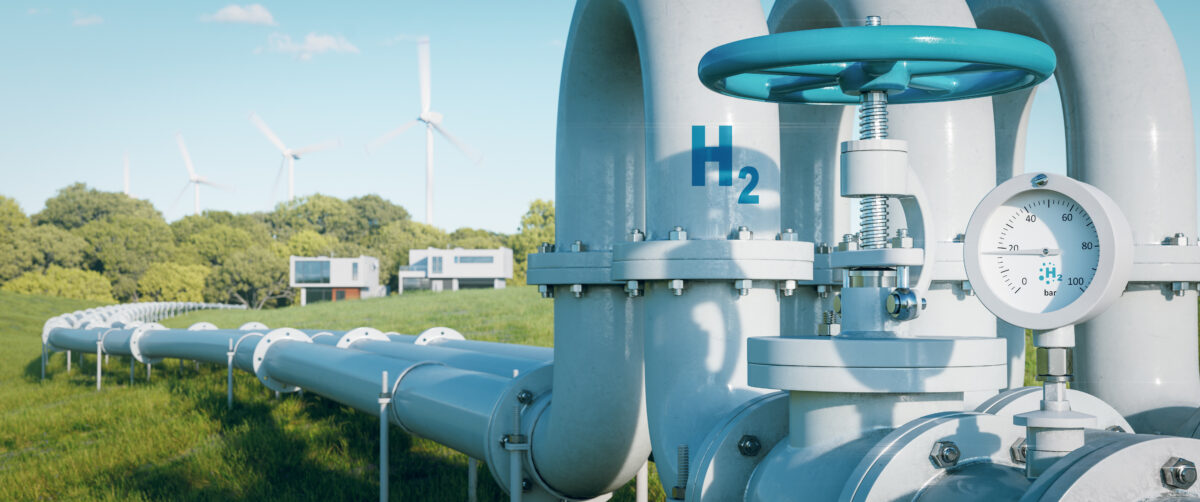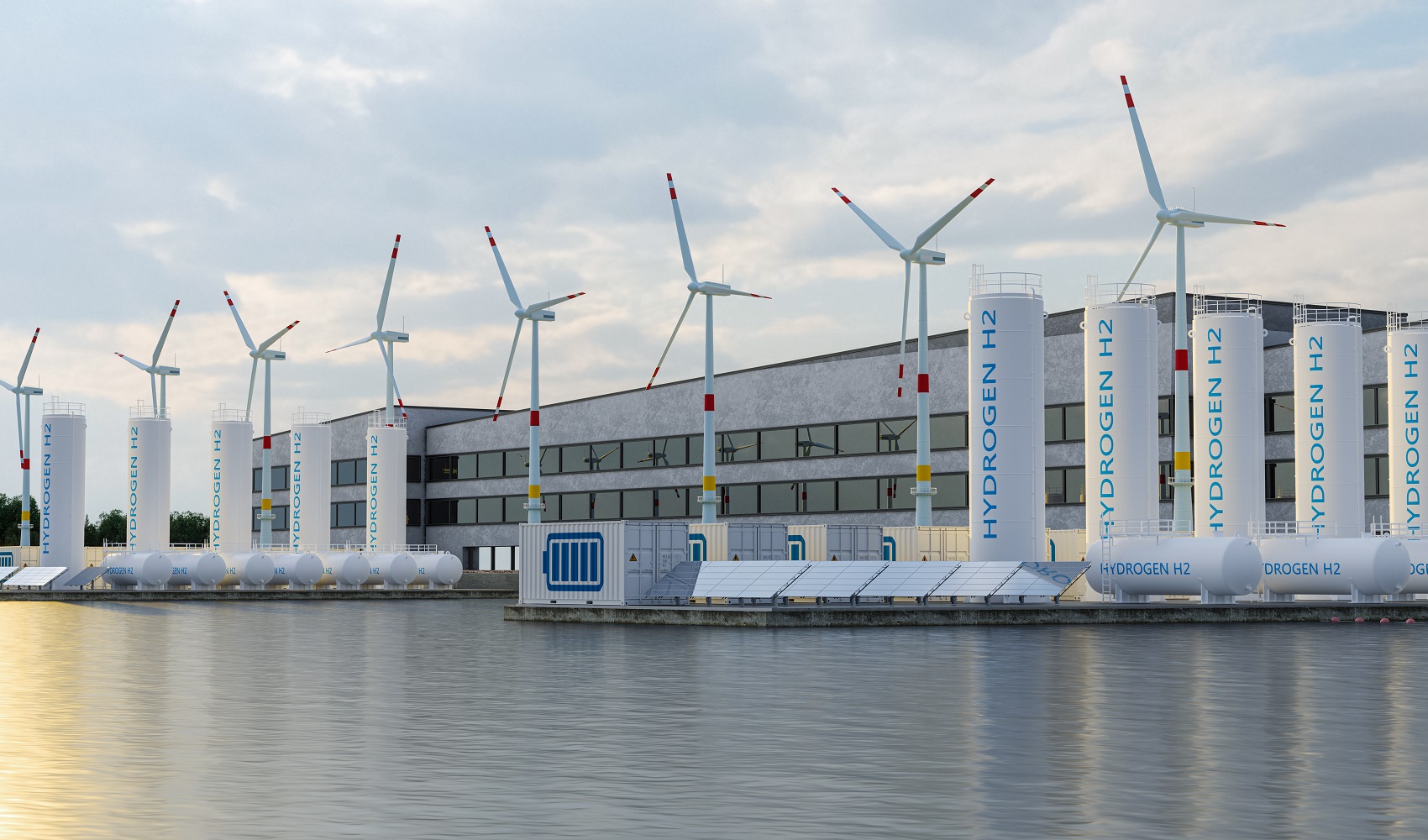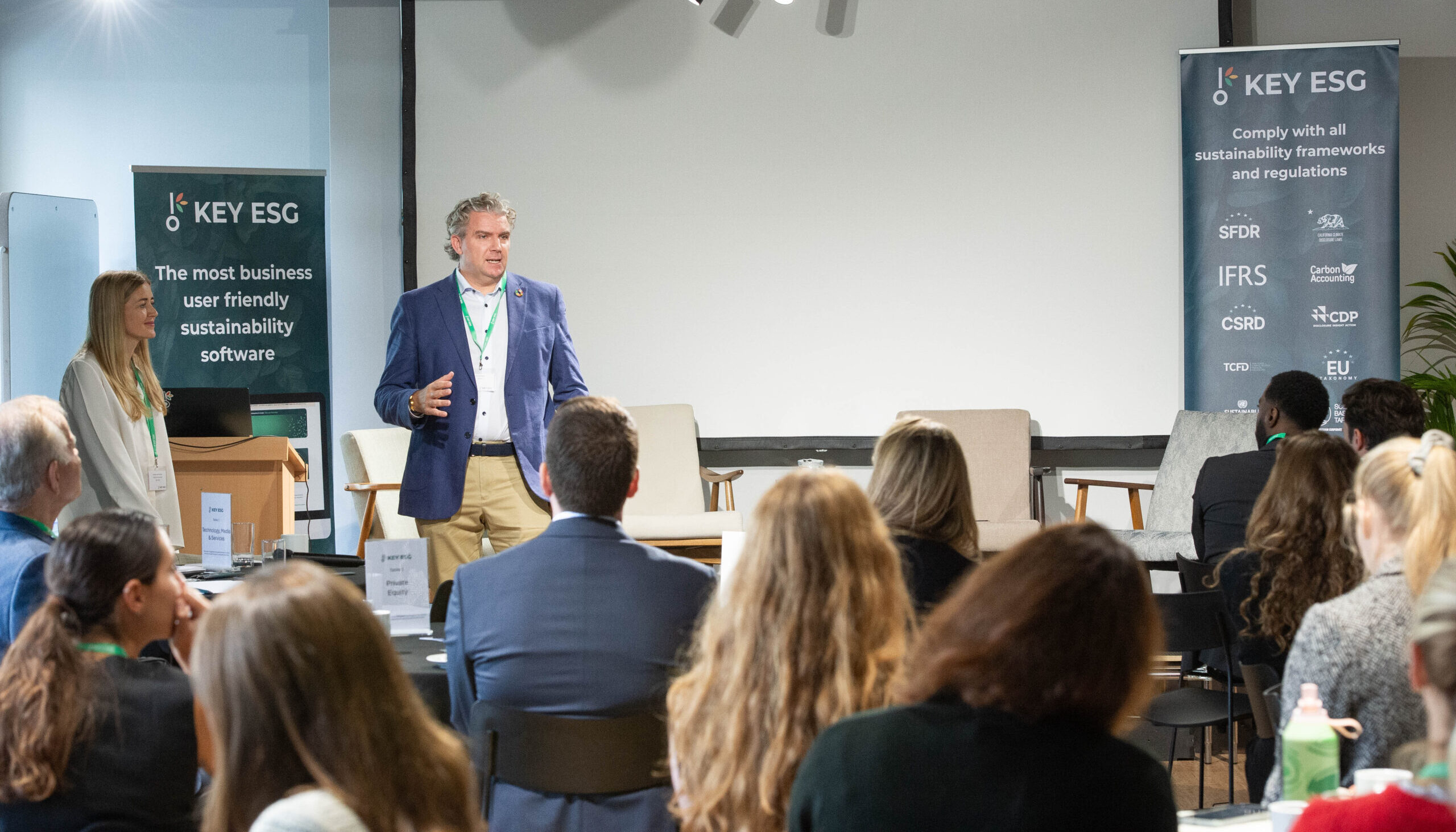As Asia’s first clean hydrogen technology accelerator, Energy Leap is playing a pivotal role in catalysing India’s transition to a hydrogen-based economy. In this interview, Vipul Kumar, Senior Partner at Xynteo, the organisation behind Energy Leap, discusses the origins of the initiative, its collaborative approach to nurturing promising clean hydrogen startups, and the key technological and market-based challenges facing the sector in India.
As Asia’s first clean hydrogen technology accelerator, how did the idea of Energy Leap originate?
India is aiming for net zero by 2070, and hydrogen demand is set to skyrocket – we’re talking close to 400% growth from current levels by 2050. Large industrial sectors such as fertiliser, refinery, transport and steel, will need clean hydrogen for decarbonisation. It was evident in our programme design that a technology commercialization ecosystem was lacking in India. So a collaborative initiative was required to nurture high-potential, scalable technological solutions and bring them to the market.
Acknowledging these challenges, Xynteo, in collaboration with anchor partner organisations such as SED Fund and Technip Energies, conceptualised Energy Leap as a platform to accelerate the production and utilisation of clean hydrogen. This platform leverages Xynteo’s experience and expertise in leading industry coalitions such as Vikaasa and Build Ahead.
Is Energy Leap a global initiative or only in India/Asia?
Energy Leap’s primary focus area is currently India. However, we engage with international partners to identify scalable clean hydrogen technologies looking for growth opportunities in India, and support Indian clean hydrogen technology companies in gaining market access to international markets.
How successful has Energy Leap been in bringing stakeholders together?
We began by establishing a robust network of technology providers, accelerators, venture capitalists (VCs), and process technology companies. Our partners include Technip Energies, SED Fund, the Research and Innovation Circle of Hyderabad, IIT Madras Energy Consortium, and Energy Systems Catapult, among many others. Together, we have developed an ecosystem that is unlocking pilot projects and growth funding opportunities.
Now, we’re scaling up our operations by bringing more relevant stakeholders to the table, including government representatives, clean hydrogen producers, renewable energy companies, heavy industries, institutional investors, and raw material suppliers.
What technologies are required in the short term and long term to propel the clean hydrogen sector in India?
I firmly believe that technological solutions and efforts that go into developing the solutions must align with market needs. In the near future, we’re looking at sectors already using hydrogen – think fertilisers, oil refining, and new use cases such as clean ammonia for export. We need to focus on making the electrolyser system cheaper and producing feedstock chemicals such as methanol more cost-effectively. Down the line, we’ve got to unlock a large demand for clean hydrogen. That means developing technology to produce sustainable aviation fuel, synthetic methane, and e-diesel, and to enable hydrogen fuel-cell usage in heavy-duty transportation and power sectors.
Besides the IITs, how did Energy Leap “find” clean hydrogen start-ups? How does your expert panel evaluate them for the Innovation Challenge?
Firstly, we’ve built strong relationships with corporates, regional accelerators, and VCs who send us clean technologies for our consideration.
Secondly, we discover new technologies through the annual Innovation Challenge competition, which is a 2-3-month sprint to identify promising technologies addressing specific long-term challenges in the clean hydrogen sector.
As part of Innovation Challenge, we have an expert panel that evaluates the novelty of their ideas, technical feasibility, market alignment, scalability potential, and the track record of the founders and their teams.
What made Suzhiyam Industries, the winner of Energy Leap’s inaugural Innovation Challenge, unique?
Suzhiyam Industries ticked all the boxes in both technological and business aspects. They possess commercially proven small-scale gasification technology, and have a robust plan to improvise existing technology to produce and sell bio-hydrogen at commercially attractive prices. On the business front, they are deeply engaged with the micro, small and medium enterprise (MSME) segment, and their technology has the potential to unlock demand for bio-hydrogen from this underserved market.
What advice would you give other up-and-coming start-ups in the clean hydrogen sector?
Emerging clean hydrogen start-ups should intensely focus on the following to be successful in their technology development and venture-building efforts: 1. Understand market needs and identify clean hydrogen value-chain focus areas, 2. Develop commercially viable solutions, 3. Build strategic partnerships, which are very crucial as we are building clean hydrogen energy systems, 4. Focus on solution scalability to reduce costs, and 5. Collaborate with stakeholders to test product-market fit and increase visibility.
What were the challenges faced, or are being currently faced, in this initiative?
The platform’s market adoption has been slower than anticipated. We have so far concentrated heavily on the innovation and technology side of the platform, demonstrating key proof points by identifying and onboarding promising clean hydrogen technologies. This strategy has enabled us to engage with a broader range of stakeholders in the green hydrogen sector and conceptualize project ideas. We are steadily building momentum and achieving greater market adoption for the platform.
What are Energy Leap’s plans to accelerate the commercialisation of these game-changing innovations?
Energy Leap will continue to actively foster an expansive and diverse network of stakeholders to rapidly bring cutting-edge technologies to life. We will continue to work with our innovation network to discover new clean hydrogen technologies. We will bring on board more corporates from renewable energy, steel and refinery sectors to co-create pilot projects. We will continue to engage VC, private equity and impact investor communities to unlock funding for promising innovations. It’s all about getting everyone on the same page and testing these groundbreaking technologies.
This article first appeared in Hydrogen India, July 2024, Vol I, Issue 3



